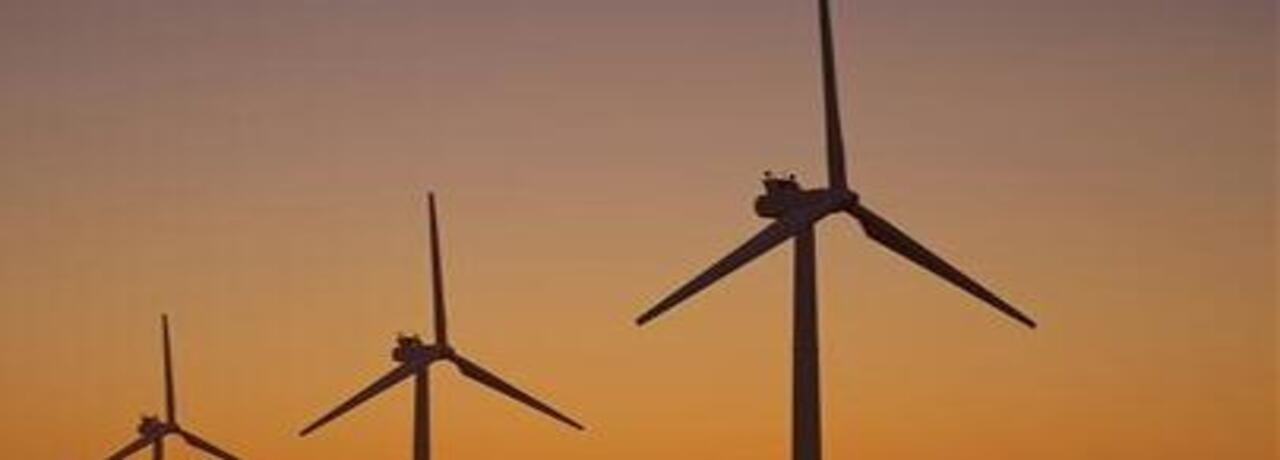
Central & Eastern Europe: Growth is slowing but remains robust
First estimates indicate that real GDP growth in the group of 11 EU members in the CEE region came in at +4.2% y/y in Q4 (unchanged from Q3), taking full-year 2018 growth to an estimated +4.3%. The latter is slightly down from +4.7% in 2017 but well above the 10-year average of +2.3%. Poland outperformed the region last year with growth of +5.1% (for details see WERO 6 February 2019). In Hungary, annual GDP growth rose markedly to +4.8% (from +4.1%) amid ongoing overheating concerns stemming from rapid wage growth while monetary policy remains very loose. Growth accelerated also in Slovakia (to +4.1% from +3.4%) and Latvia (to +4.8% from +4.5%) while it moderated in Czechia (to +3% from +4.3%), Bulgaria (to +3.1% from +3.6%) and Lithuania (to +3.5% from +4.1%). Romania saw the steepest slowdown (to +4.1% from +7%) as the economy is rebalancing from overheating in 2017. Against the backdrop of an easing investment boom at home and a growth slowdown in Western Europe, we expect regional growth of the 11 EU members in CEE to moderate to around +3.3% in 2019.














